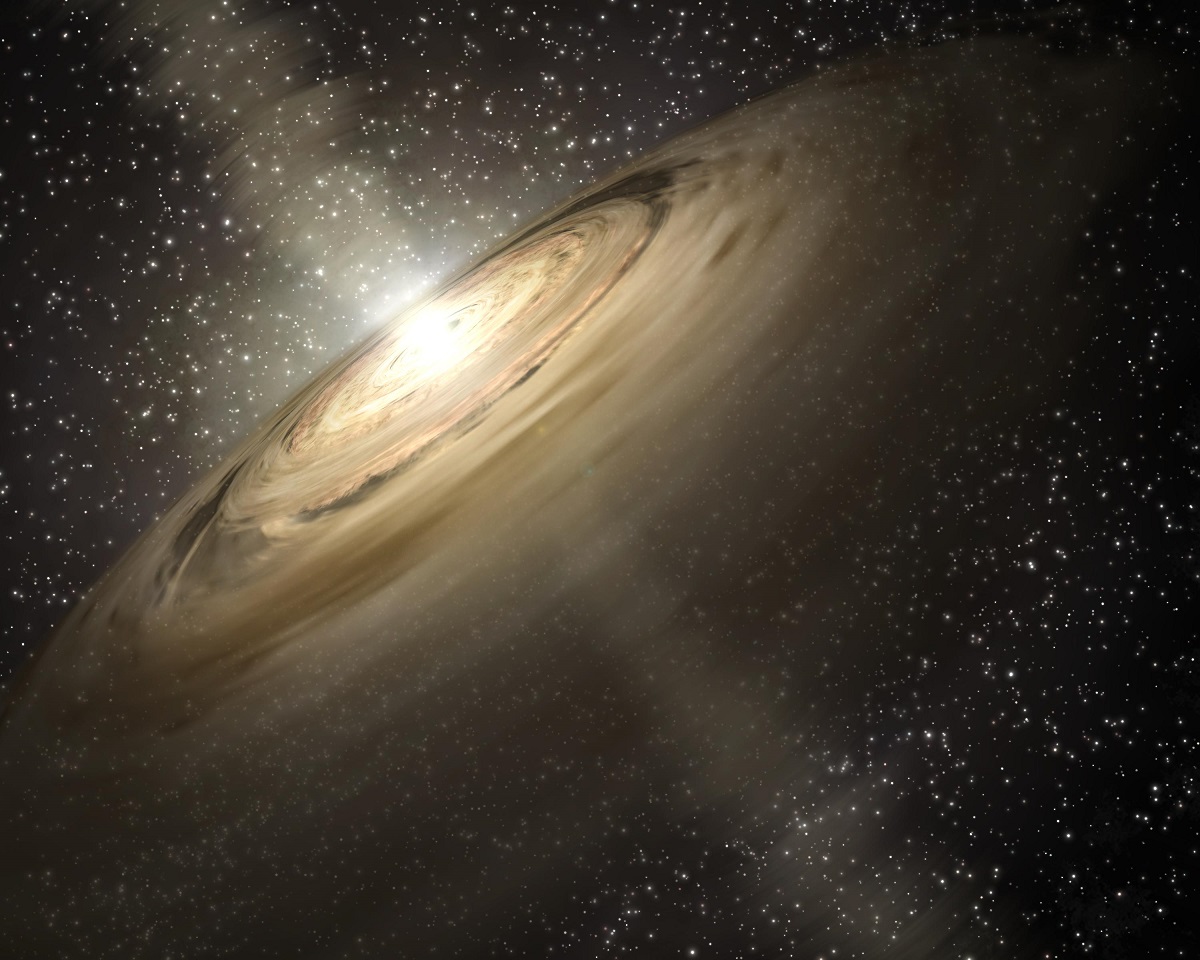Sant Cugat Forum on Astrophysics brings together one hundred of international experts in forming solar systems

Young solar systems
“Understanding the formation and early evolution of our Solar System is one of the most fundamental goals within the natural sciences” says Diego F. Torres, ICREA professor, director of the Institute of Space Sciences(IEEC-CSIC) and founder and organizer of the Sant Cugat Forum on Astrophysics. “Elucidating the sequence of events that lead to the formation of Sun-like stars along with their surrounding discs and assessing the circumstances favourable to the emergence of habitable worlds, will ultimately allow us to assess whether planetary system resembling our own are widespread in the Cosmos”.
Credit: NASA/JPL-Caltech
Multidisciplinary meeting
The workshop’s inter-disciplinary scope aims at bridging various communities: From cosmochemists, who study meteoritic samples from our own solar system, computational astrophysicists, who attempt to decipher the dynamical structure of magnetised gaseous discs, and the effects the resulting internal structure has on the aerodynamic re-distribution of embedded solids, exoplanet observers, who provide us with unprecedented samples of exoplanet worlds,among other fields.
“Combining these diverse fields” explains Torres “will allow us to shed light onto the riddles that we are currently confronted with, and will pave the way for a comprehensive understanding of the formation, evolution, and dynamics of young solar systems”.
More information: http://www.ice.csic.es/research/forum/Forum/2016a.html
